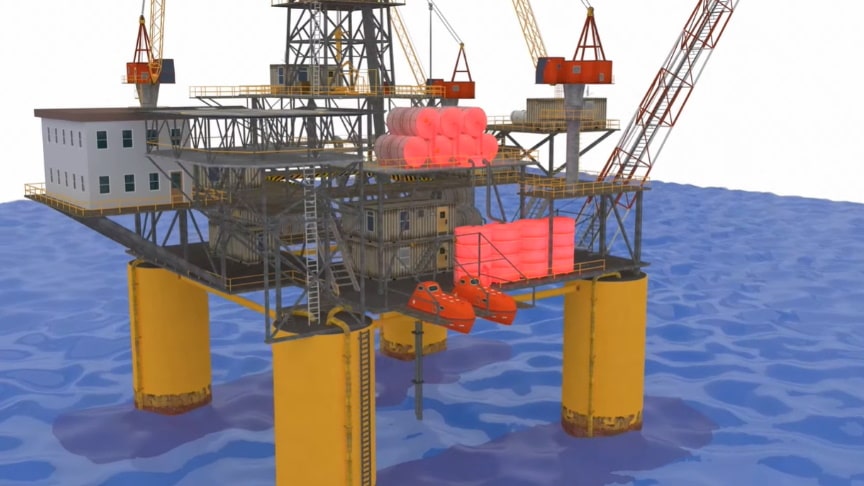Offshore drilling is the process of extracting petroleum from reserves located beneath the Earth’s oceans instead of reserves located on the mainland. Offshore oil rigs have developed greatly over the past years, and have become gigantic structures that house hundreds of people at a time.
image: 3D Living Studio
Many oil platforms will also contain facilities to accommodate their workforce, although it is also common for there to be a separate accommodation platform bridge linked to the production platform.Oil rigs are a true feat of innovation and never fail to make an impression. But how exactly so they float.
As with oil tankers, heavy load barges and cruise ships, deep sea oil rigs float according to basic physics. As the weight of the rig pushes downwards displaced water pushes upwards, thus keeping the structure afloat.Floating oil rigs are kept in place by anchors or dynamic positioning systems that keep them over target.
Advertisement
A typical oil production platform is self-sufficient in energy and water needs, housing electrical generation, water desalinators and all of the equipment necessary to process oil and gas such that it can be either delivered directly onshore by pipeline or to a floating platform or tanker loading facility, or both. Elements in the oil/gas production process include wellhead, production manifold, production separator, glycol process to dry gas, gas compressors, water injection pumps, oil/gas export metering and main oil line pumps.











